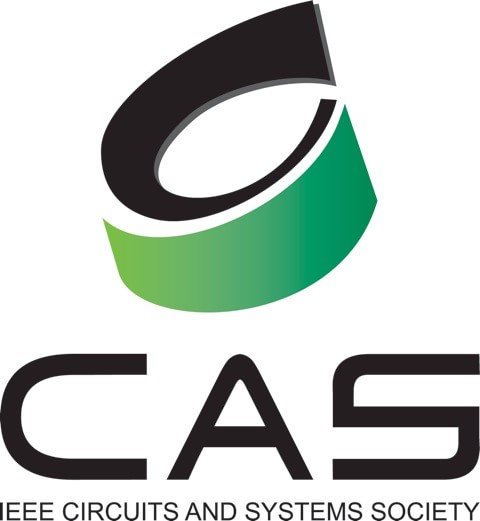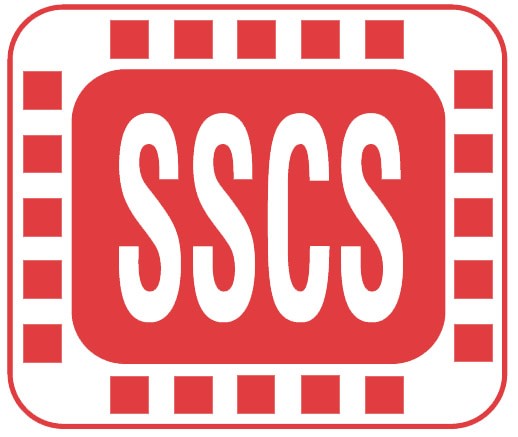2012 Events
High-Perfomance Chip, Package and Systems (HPCPS)
-
- Nov 24, 2014
Taking a more unified approach to the design of mixer RFIC’s
-
Dr. Carlos Saavedra
-
- Sept. 27, 2012
-
- 2:00PM - 3:00PM
-
- Carleton University, ME 4124, Mackenzie Engineering Building, Department of Electronics
Miniaturized, 3D and Flexible RF Electronics
-
Professor Atif Shamim
KAUST (Saudi Arabia)
-
- Jun. 29, 2012
-
- 10:00AM - 11:00AM
mm-Wave /THz Silicon-based IC Design and Applications
-
Dr. Yong-Zhong Xiong
MicroArray Technologies, Chengdu, China
-
- Jun. 25, 2012
-
- 10:00AM - 11:00AM
Current Status of Millimeter Wave Communications and Standards in China
-
Wei Hong
-
- Jun. 22, 2012
-
- 3:30PM - 4:30PM
Challenging Wireless Applications to 100 GHz and Beyond Using Advanced Photoimageable Technology
-
Dr. Kamal Samanta
University of Leeds and Thales Aerospace/Defence, UK
-
- Jun. 21, 2012
-
- 10:00AM - 11:00AM
Ceramic materials and processes for the manufacturing of RF filters and components
-
Prof. Nicolas Delhote
XLIM, Université de Limoges, France
-
- Jun. 18, 2012
-
- 1:00PM - 2:00PM
Anti-Islanding Protection of Inverter-Based Distributed Generation
-
Dr. Xiaoyu (Kevin) Wang
Dept. of Electrical Engineering, Tsinghua University, Beijing
-
- Mar. 2, 2012
-
- 11:00AM - 12:00PM
Challenges for Electronics Design in the Nano-Scale
-
Prof. Yehea Ismail
Distinguished Lecturer, IEEE Circuits and Systems
-
- Feb. 28, 2012
-
- 12:30PM - 1:30PM
-
- Carleton University, ME 4124, Mackenzie Engineering Building, Department of Electronics
Many-Core Chips: The New High-Performance Computing Platform
-
Prof. Yehea Ismail
Distinguished Lecturer, IEEE Circuits and Systems
-
- Feb. 28, 2012
-
- 11:30PM - 12:30PM
-
- Carleton University, ME 4124, Mackenzie Engineering Building, Department of Electronics
Coordinated Control Strategy and Energy Optimization in Smart Grid
-
Dr. Hasan Mehrjerdi
Industrial Postdoctoral Fellow at Research Institute of Hydro-Quebec (IREQ), Varennes, Canada
-
- Jan. 20, 2012
-
- 1:00PM - 2:00PM
-
- Carleton University, ME 4124, Mackenzie Engineering Building, Department of Electronics




